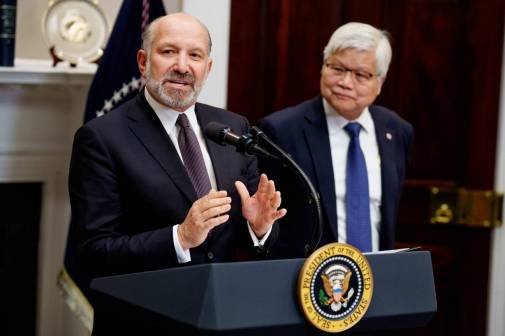States must focus on technology in ‘the new economy,’ report says

Technology isn’t only important in Silicon Valley — it’s a more widespread factor in the U.S. economy than people give it credit for, according to a new report published by the Information Technology and Innovation Foundation on Monday.
ITIF’s 2017 State New Economy Index is the latest version of a recurring report that attempts to quantify the economic structure of states, focused narrowly on a single question: “To what degree does the structure of the 50 state economies match the ideal structure of the innovation-driven New Economy?” ITIF President Robert D. Atkinson and Economic Analyst John Wu say that the public’s geographic narrative around innovation culture in the U.S. is woefully behind the times.
While in years past there were only a few iconic locations to focus on, like California’s Silicon Valley, Boston’s Route 128 tech corridor, or Seattle, there are today many more regions that rely heavily on and contribute to a greater technology economy. But many today continue to talk about the economy like it’s still 1999, the nonprofit says.
“An unfortunate result of this myopia has been that policy debates about innovation and economic development have come to be seen as the province of only the few states and regions that are recognizably tech-heavy, while others are typecast to focus on their traditional bread and butter,” ITIF says. “This needs to change, not only because the premise is incorrect, but also because the states’ and regions’ competitive positions in the U.S. and global economies hinge on developing broad-based understandings and support for modernizing policy frameworks to spur innovation and growth.”
The report measures 25 indicators across five categories — knowledge jobs, globalization, economic dynamism, the digital economy, and innovation capacity — and found the top five states to be Massachusetts, California, Washington, Virginia, and Delaware. The bottom five states identified are Louisiana, Wyoming, West Virginia, Arkansas, and Mississippi, ranked 50th.
While leading states benefit from their well-known economic hubs and institutions, like California’s Silicon Valley and Massachusetts’s universities, states were also found to benefit from the presence of innovation strategies. Virginia Gov. Terry McAuliffe, for instance, has positioned technology as a central piece of his state’s economic development strategy.
To states ranked low on its index, ITIF recommends implementing comprehensive strategies for including technology and innovation in the economy.
All states, and perhaps most importantly, an ITIF spokesperson told StateScoop, “the federal government need[s] innovation strategies to compete in the New Economy.”
ITIF also emphasizes the importance of looking at a state’s average firm size, noting that on virtually every economic indicator, large firms in the U.S. outperform small firms.
Previous versions of the report were published in 1999, 2002, 2007, 2008, 2010, 2012, and 2014. The index can be found along with a full report on the ITIF website.






